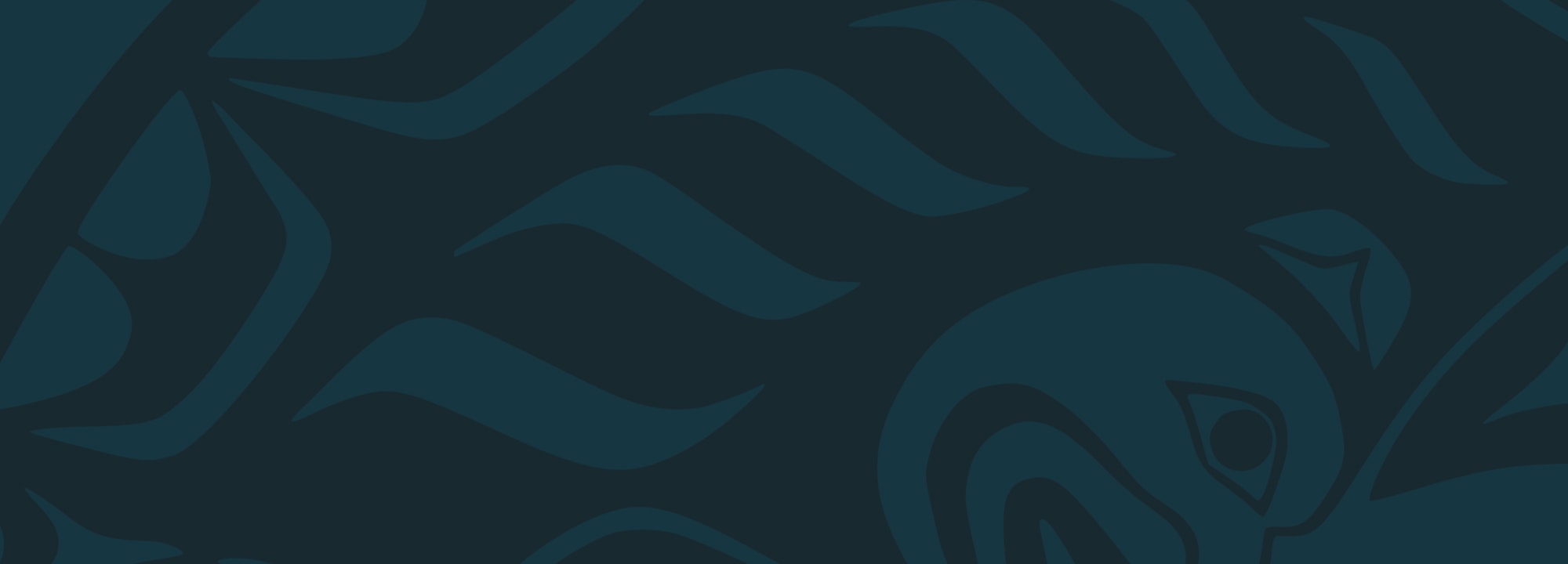CHIEF & COUNCIL
The SȾÁUTW̱ First Nation Leadership consists of elected members of the community that make up the Chief and Council.
Elections are currently held bi-annually, with the most recent election of July 07, 2025. The current leadership are:
Chief: Abraham Pelkey
Council:
- Samantha Etzel
- Wilhemena (Willa) Harry
- George Horne
- Perry Lafortune
- Bruce Underwood
- Mavis Underwood
- Donald Williams
- John Wilson
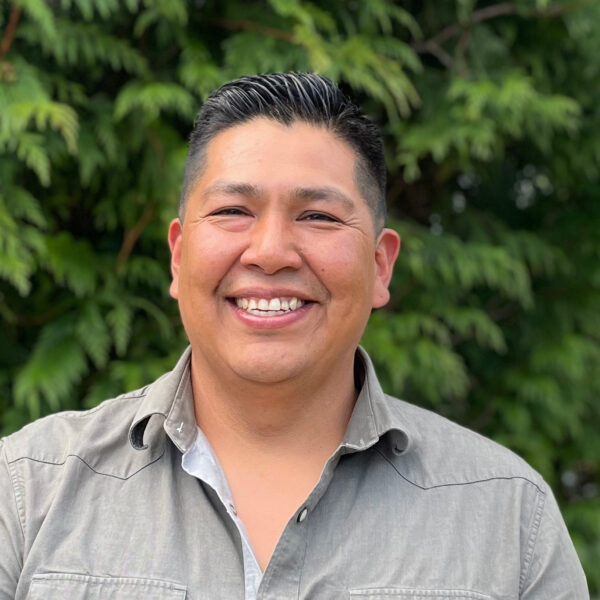
SMOȻEŦET
Chief
Abraham Pelkey
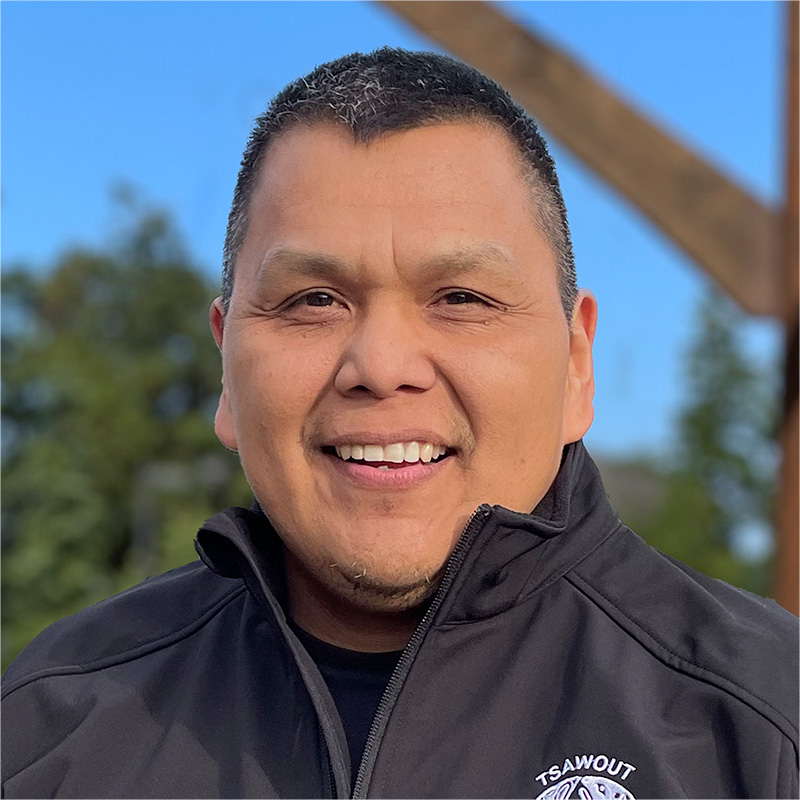
ȾKOȽEĆTEN X̱ITE,LEK
Councillor
George Horne
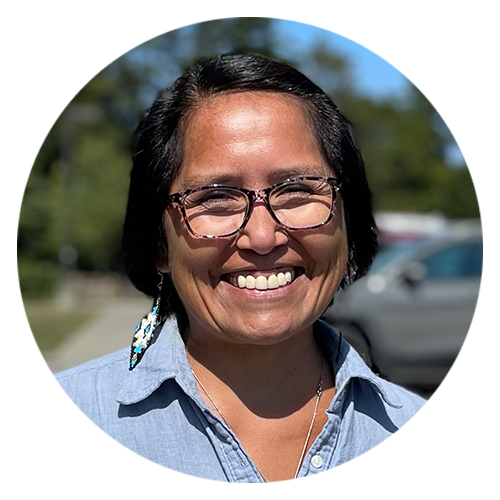
PIȾELÁNEW̱OT
Councillor
Samantha Etzel
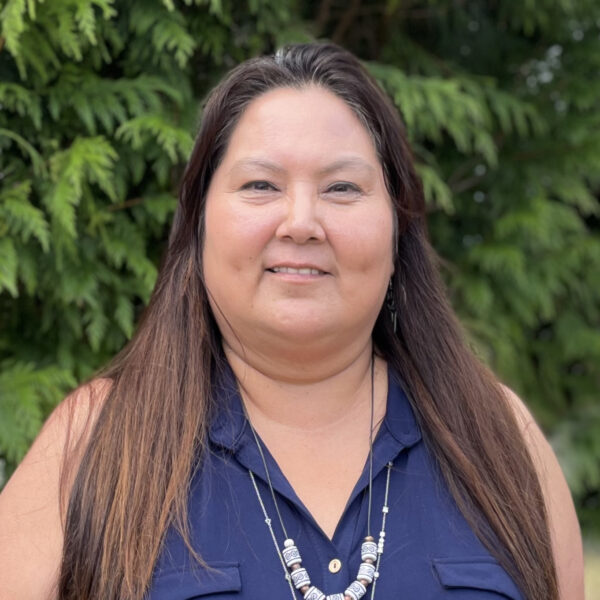
Councillor
Wilhemena (Willa) Harry
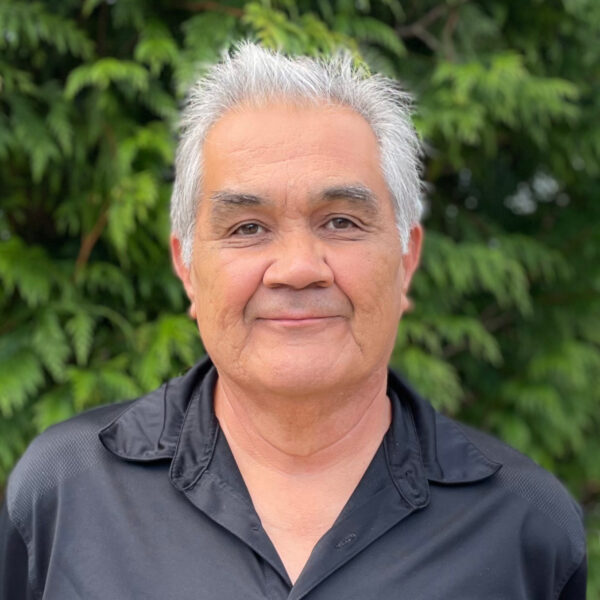
Councillor
Perry Lafortune
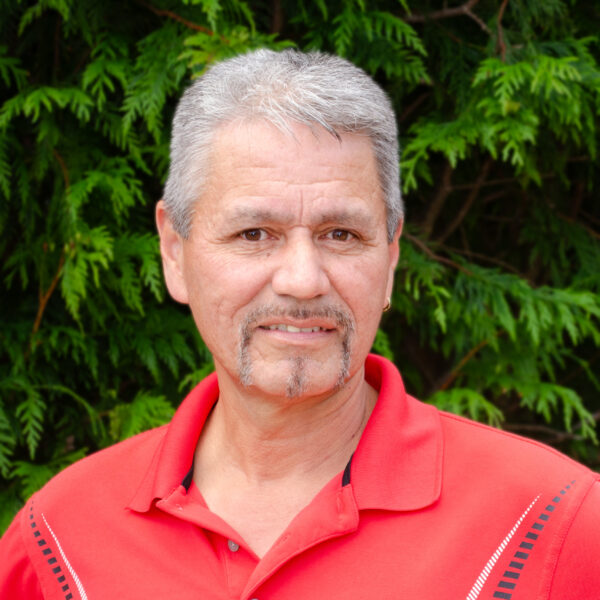
Councillor
Bruce Underwood
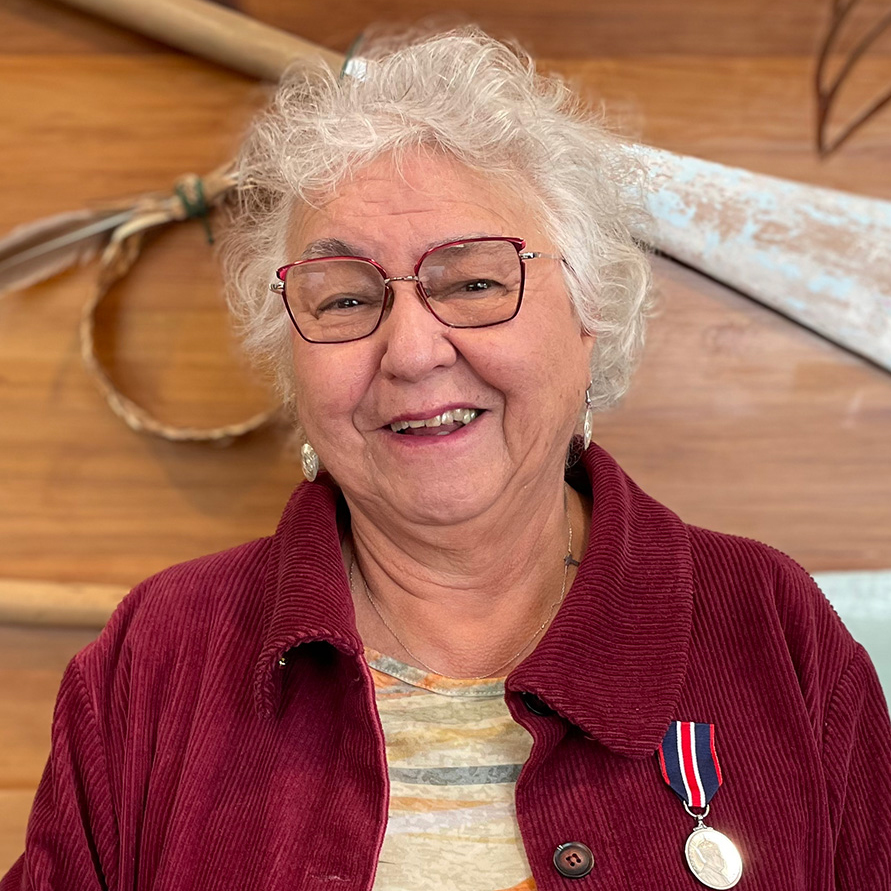
Councillor
Mavis Underwood
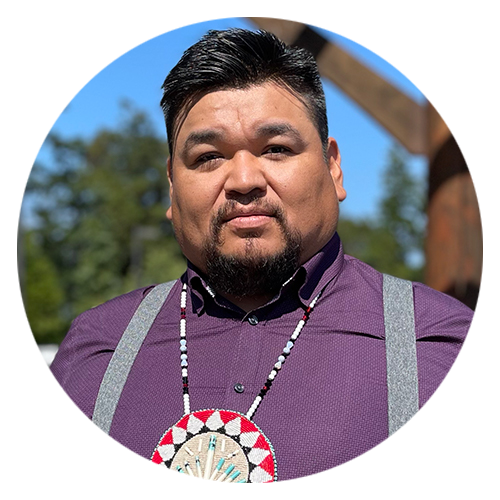
ȾIOKSTEN
Councillor
Donald Williams
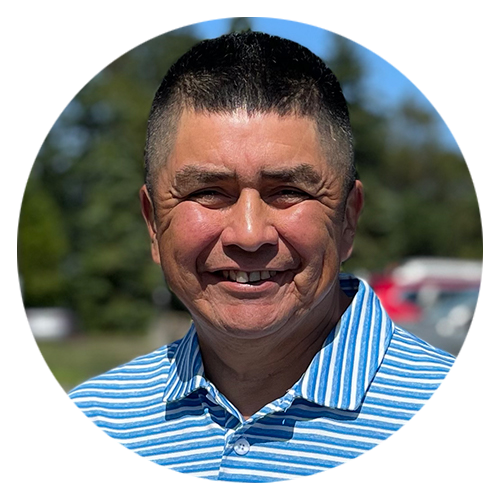
ȻETȻOMELEḴ
Councillor
John Wilson
ADMINISTRATION TEAM
The Administration team at SȾÁUTW̱ is committed to fostering community growth and preserving cultural heritage.
The Chief Executive Officer provides visionary leadership, guiding the organization with clarity and purpose.
The Chief Operating Officer oversees daily operations, maintaining seamless functionality.
The Chief Financial Officer expertly manages financial resources, ensuring prudent use of funds.
Together, this exceptional team diligently steers SȾÁUTW̱ toward a bright and prosperous future.
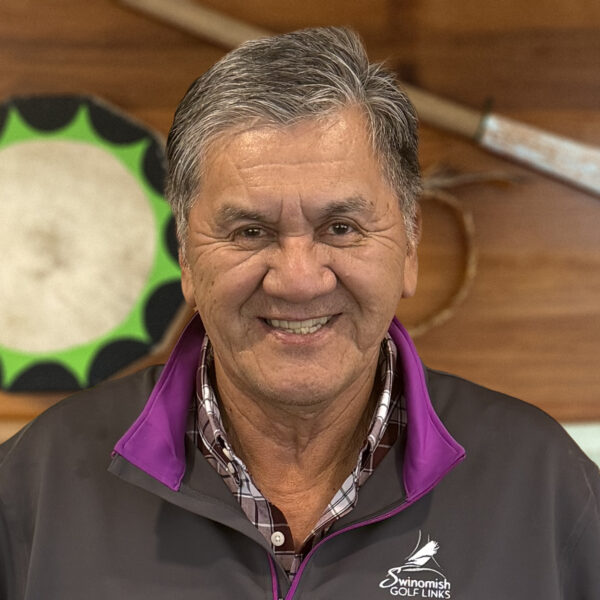
Acting Band Manager
Danny Henry
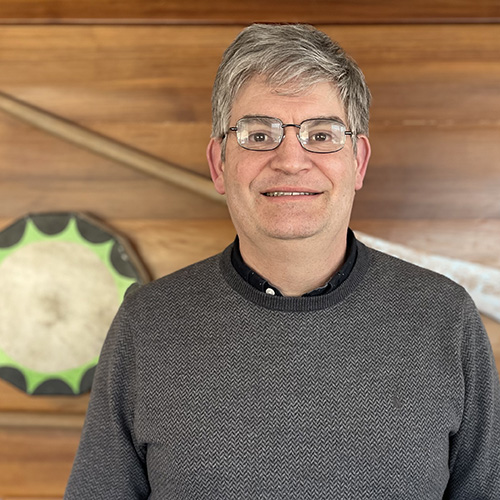
Chief Financial Officer
Greg Diemer
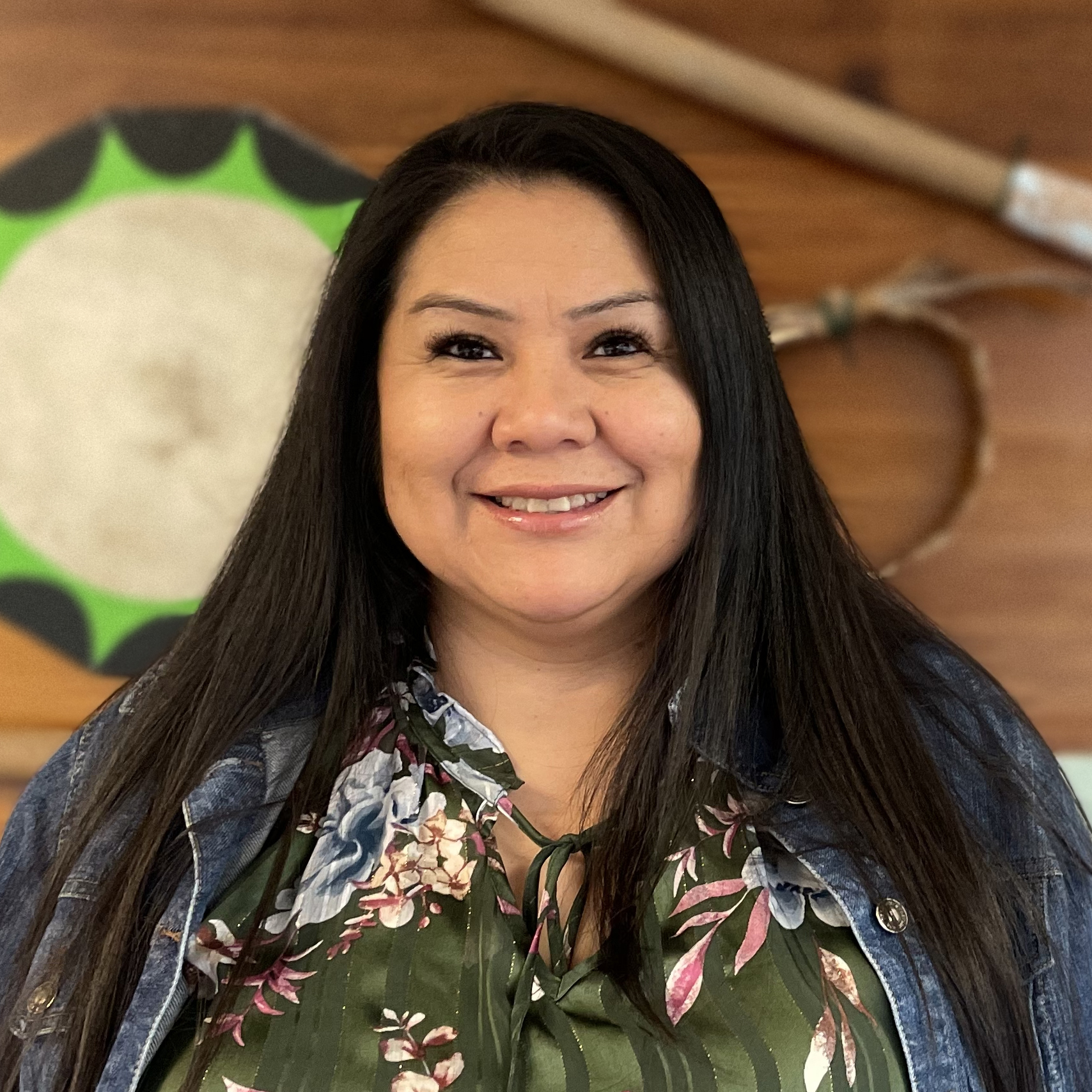
Governance Support
Becky Wilson
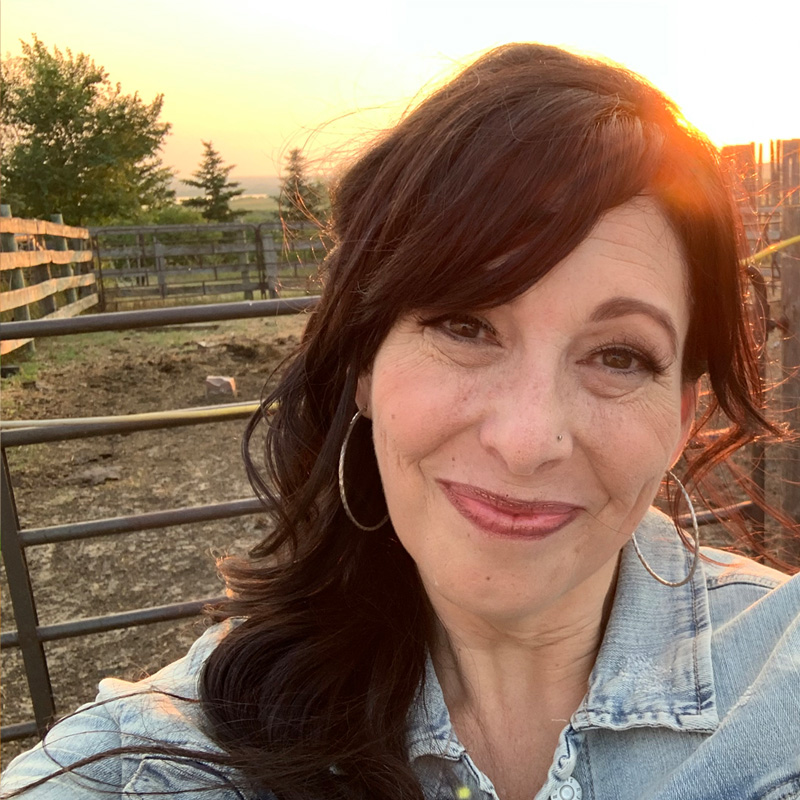
Human Resources Manager
Colleen Spence
SȾÁUTW̱ First Nation is honouring our traditional language by updating our logo to reflect the SENĆOŦEN spelling. This decision affirms our cultural identity and also honours the work by our Elders and Language Champions to keep our language alive. By celebrating the revival of our language, we also emphasize the importance of preserving our heritage for future generations.
OUR COMMUNITY
The SȾÁUTW̱ First Nation is one of five communities that constitute the W̱SÁNEĆ Nation. The other W̱SÁNEĆ Nations are Tsartlip, Tseycum, Malahat and Pauquachin.
East Saanich IR No. 2, the SȾÁUTW̱ First Nation main village, is about 15 minutes north of the City of Victoria and lies on the east side of the Saanich Peninsula. The village (“reserve”) can be accessed via Highway 17 – Pat Bay Highway. We have a population of 1600 people living in SȾÁUTW̱ (year 2006 est.) with approximately 1/3 of the population being registered band members, and others being residents who are leasing lands from landowners.
East Saanich IR No. 2 is approximately 241 hectares in size. There are single family residential, and leased modular homes, band administration and commercial developments. The commercial developments include motels, restaurants, offices and gas stations. We have a community water and sewer system in place. Our water system is supplied by the Peninsula Water Commission, and SȾÁUTW̱ has its own sewage treatment facility.
The Beliefs of the WSANEC Peoples:
- It is the belief of the Saanich people that XALS put us here on this world and gave us a language of our own called SENCOTEN.
- That the Lands around us came from XALS and the the islands, points land and huge boulders were once people and are still referred to in their old names.
- That the four winds, the trees, the birds, the animals, and the fishes too were people at one time long ago.
- That the living things can understand us if we speak to them using special words.
- That among us are special people who have special rights in regard to spiritual communication.
- That the islands, the salmon and the living things can be called upon for help to survive in this life.
- That the fire and the water have a life and spirit too, and that they can assist in the communication beyond this life.
- That beyond this life, life continues and that, at times, communication can take place with relatives who have left this world.
- That the origin of the living things of this world are our ancient relatives, and that they must be treated with respect.
- That there must be honour given to life around us, that ceremonies and rituals taught to the young will perpetuate these as time passes from one generation to the next.
- That when our relatives leave this world they enter the sky world. The stars represent the twinkling of their eyes as they look down upon us a night.
- That the Thunder Being lives in a cave in LAUWELNEW, our Sacred mountain and that he is the communicator between this world and the sky world.
- That the KEXMIN, Indian consumption plant, is a good medicine used to clean and open the way for the pure spirits to come near.
- That is Saanich there is EN SKAU, a destiny based on what a person does. If one does good or one does something not good to one another or to the living things around us, it will return to that person in this life.
- It is the belief of the Saanich people that the SXOLE (reef net) is a gift of the salmon spirit who came to our land and took a beautiful lady from Saanich for his wife.
- The Saanich have lived to these and many other beliefs for thousands of years.
- When the Saanich people lived on this land ALENENEC, our homeland according to the teachings and beliefs given to us by XALS, Our Creator, life was good and plentiful. When the Saanich people forgot the teachings and did not honour life, XALS, Our Creator, punished the Saanich people with a flood. Only the ones who lived by his beliefs and teachings survived the great flood.
These are our beliefs. This is our History. This is our Culture.
Saanichton Bay has historically been, and continues to be significant to the Saanich peoples of SȾÁUTW̱ . The bay provided shelter from the prevailing southeast gales of winter, a year-round source of food, as well as playing an integral role in the SȾÁUTW̱ economic, societal, social, and spiritual life. Because of these reasons Saanichton Bay was one of the main winter village sites of the Saanich peoples, and that is why SȾÁUTW̱ “Indian Reserve” is located there today
Saanichton Bay becomes the focal point of a court battle, Claxton v. Saanichton Bay Marina in 1987. Louis Claxton and the SȾÁUTW̱ peoples were awarded a permanent injunction in the BC Supreme Court against the construction of a marina in the bay. Mr. Justice Meredith ruled that James Douglas “implemented a policy to protect the Indians in their right to pursue their traditional economy of hunting and fishing” and so concluded “that they had the right to resist….the proposed marina at Saanichton Bay as it would diminish in the extent the fishery contractually reserved to predecessors ” of the original signatories to the Douglas Treaty.
It is important to mention that the people of SȾÁUTW̱ were not stationary at Saanichton Bay year-round, though this was our “headquarters”. The Saanich peoples territory includes the Saanich Peninsula, south to Mount Douglas, across to Mount Finlayson and Goldstream. In addition, the Southern Gulf Islands, reaching to Point Roberts, and San Juan Islands constituted what is the Saanich Peoples traditional territory. The SȾÁUTW̱ and Saanich people’s traditional territory is the lands and seas that we traditionally used throughout every season. Names were given to all places we knew, every bay, every stream, every village, every mountain, every lake, every inlet, and island has a name in our language, the SENĆOŦEN language. Our Language, place names, stories, history is what defines our territory and speaks to our long standing relationship to the land and waters.
The following information has been provided by Nick Claxton (2007)
Beginning in 1850, the Hudson’s Bay Company was appointed authority by the colonial office in London to establish a colony on Vancouver Island. The significance of indigenous peoples relationship to their lands and resources was completely disregarded, and all the newcomers could see was an empty land that harboured boundless wealth for the taking. In the four years following, Douglas completed fourteen purchase agreements with Vancouver Island indigenous nations.
These documents are often referred to as the “Fort Victoria Treaties” or the “Douglas Treaties”. James Douglas did not explicitly use the word treaty in these agreements, but a supreme court decision ruled that these agreements were and remain valid treaties since Douglas who was acting as an agent of the Crown at the time arranged them with the indigenous peoples (Regina V. White and Bob 1965). First Nations argue that their ancestors understood this as a peace treaty and not a purchase agreement. These treaties effectively abolished aboriginal title to those nations that signed them, but promised to allow those indigenous peoples to carry on their fisheries as they formerly had, for millennia. Arguably, for the Saanich peoples and for all indigenous peoples on the pacific slope, their fisheries were, and still are necessary for their existence as independent nations. The Saanich people have never surrendered title to the Gulf Islands and we also feel that our territory expands across the U.S.A. border.
